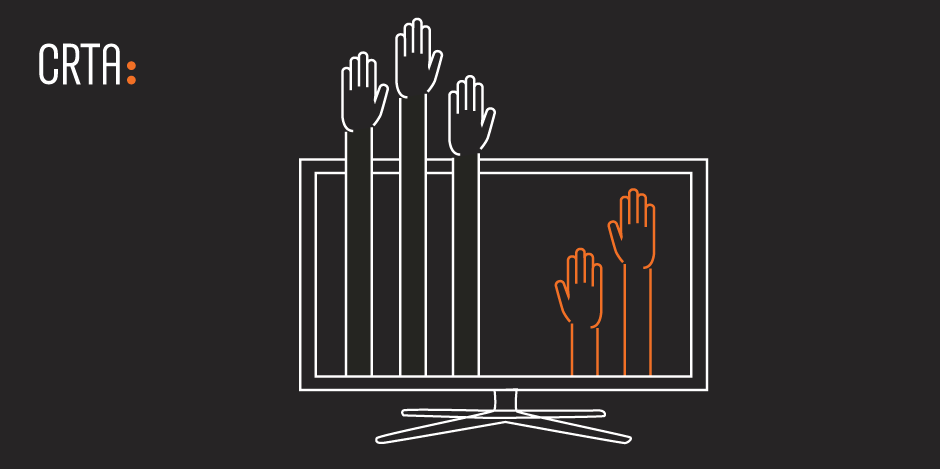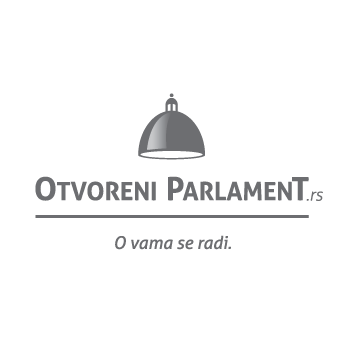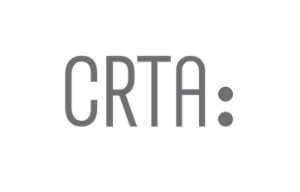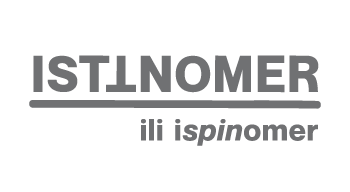More political pluralism in REM’s report than in the media

Findings of the “political pluralism monitoring” in television programs, conducted by the Regulatory Authority for Electronic Media (REM) and presented to the public by the Temporary Supervisory Body for Media Monitoring, do not paint a credible picture of the objectivity and professionalism of the mainstream media scene in Serbia, or the representation of political actors in television reporting.
The published results and their interpretations are incomplete and not credible due to an inadequate monitoring methodology. The methodology employed by REM does not have clear criteria for selecting a sample of media or program content for monitoring, it does not capture all relevant aspects of media representation of political actors, nor does it allow for accurate and consistent determining of representation tone (positive, negative or neutral).
The shortcomings of REM’s methodology lead to a wrong overall assessment of the scope of inequality between representatives of different political actors – in its report, representation of government actors is decreased, while representation of opposition actors is inflated. In other words, the REM sees political pluralism where there is none.
It is unclear which criteria the REM uses to select a sample of the media to monitor, or television shows to analyze, seeing as the official document only states that the REM Council makes these decisions.
REM’s report does not, for example, explain why its sample includes television channels with different coverage (national, regional, cable), nor how data collected from their monitoring is added or compared.
An even bigger problem comes from the fact that REM’s methodology does not recognize that political actors can appear in television programs in two roles – as subjects (audio-visual presentation of their appearance or performance) and objects (when reporters, journalists or other political actors talk about them in a neutral, positive or negative tone).
REM’s monitoring only tracks the time that was dedicated to a politician as a subject. A great amount of time where other persons talk about politicians, in en entirely affirmative or negative tone, stays under the radar, but in fact significantly shapes the impression that the audience gets about the politician.
It is a paradox that the REM treats “political analysts” as subjects, and without any given criteria, so this role includes, for examples, doctors, but also members of Parliament.
CRTA calls on the REM and the Temporary Supervisory Body for Media Monitoring to adjust the media monitoring methodology in the public interest, so that they can, based on accurate data and objective insights, perform their regulatory roles in the upcoming election campaign.
The complete CRTA’s analysis of the REM monitoring methodology is available here.








